Prepared to Thrive: Training Future Church Planters

“We plan to start a short preparatory course for those going out under New Tribes Mission. We are pioneering with the gospel, and we must know our job and be prepared to meet it. Though we place first emphasis on spiritual qualifications, a missionary must know how to use his hands as well as his head. Pioneer missionary work must be revolutionized if we hope to reach the last tribe in our generation.”
This announcement appeared on the back of the first issues of the mission’s magazine, Brown Gold, less than a year after the mission’s founding in 1942.
Eighty years later, Ethnos360’s training continues to prepare people for church planting in a cross-cultural context. Over the years, the training has been continually refined in order to more effectively achieve that goal of reaching the last people group.
HISTORY
With the need for training defined, mission leadership prayerfully searched for a location to hold this course, and the Lord answered. The Hi-Hat Club, formerly an exclusive nightclub in downtown Chicago, was purchased and quickly transformed into the New Tribes Missionary Center.
September 12, 1943, saw the center opened with a missionary rally. Days later, on September 20, the first preparatory course started with 40 students.
Ken Johnston, one of New Tribes Mission’s early missionaries and former chairman, recalled in The Story of New Tribes Mission that “the purpose of the course was to impart a clear-cut vision of New Tribes Mission’s world objective as well as to present, in a practical way, how to approach the job of reaching the last tribe with the gospel.”
Lance Latham, a mission leader and founder of AWANA, taught Bible doctrine, with the gospel message of grace being core to the curriculum. Linguistics was taught by early missionary Dean Pittman, who had taken the Summer Institute of Linguistics course as a member of the first group of missionaries.
The Story of New Tribes Mission further mentions, “There was a smattering of field medicine, carpentry, mechanics, photography as well as other relevant topics. … During the early years, the curriculum constantly took on new aspects as needs became apparent.”
So many desired to attend that it was necessary to schedule another class before "this short preparatory class," as the November 1943 Brown Gold magazine called it, was completed. The next class started in February 1944.
Originally, the course took place at night, allowing candidates to be employed during the day. But soon, more time was needed to cover the topics. Classes were shifted to the morning hours, and students could work part-time.
TRAINING CAMPS
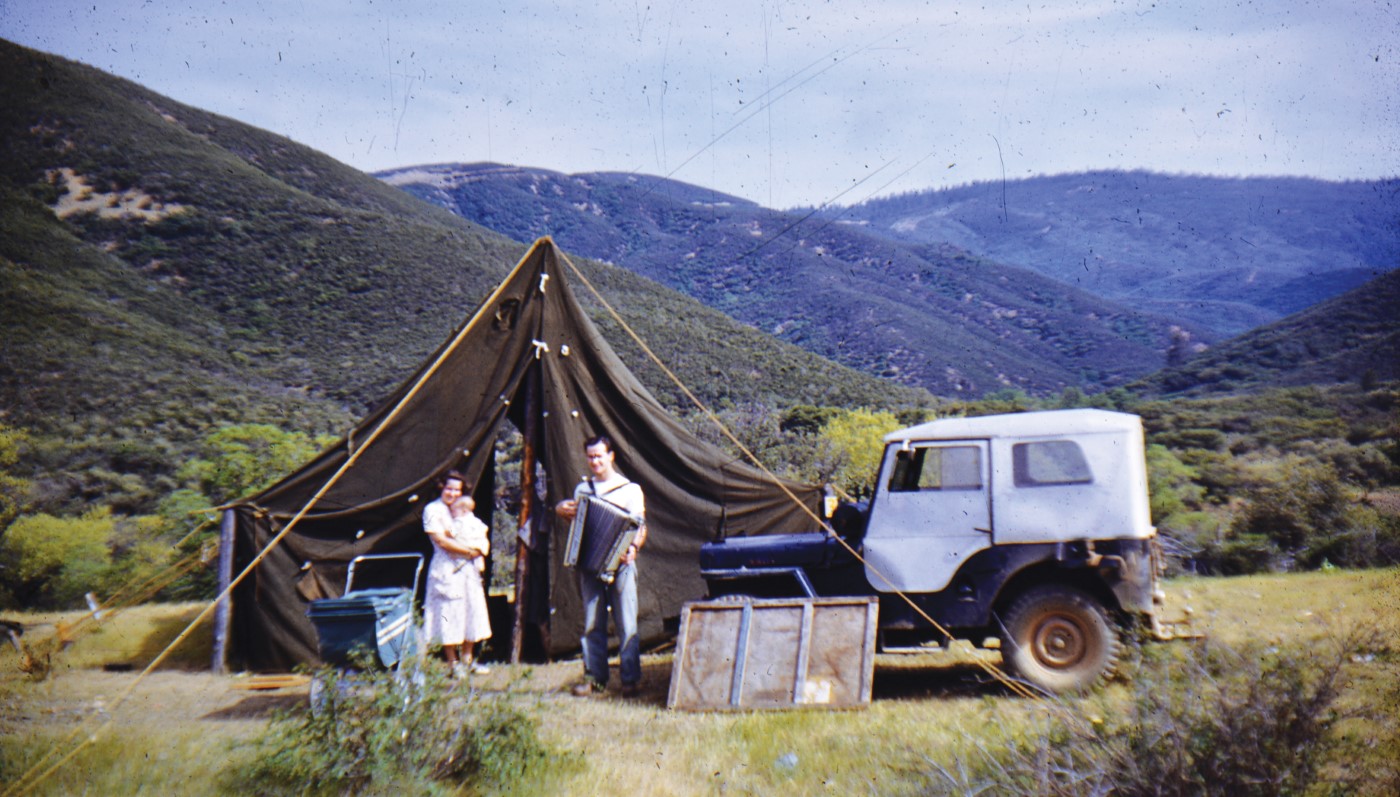
Though the training at the former Hi-Hat Club was being constantly improved, leadership saw that the city context did not match the rugged contexts where the missionaries would go. They looked for a property to use as a rustic training camp. God provided the deserted Civilian Conservation Corps Camp, known as Fouts Springs, in the Mendocino National Forest in California.
The camp was prepared, and in January 1945, the first training camp course began. Bible and linguistics continued to be core subjects. Field medicine, photography, hair cutting, soap making, butchering, gardening, canning, breadmaking, hiking, survival, swimming, boating, carpentry and mechanics were all taught. Students maintained the camp as part of their training.
To some of the candidates, this lifestyle was very new, but such were the skills needed to live in the harsh conditions where the unreached lived. Students also learned how to succeed without many of the normal conveniences of the time. They had no running water in the cabins and used wood for cooking and heating.
The training pushed the students outside their comfort zones. For some it was the hardest thing they had ever done, but it was suitable training for the realities they would experience on the field.
In his book, Ken Johnston summed up that time of training this way: “The work was hard; the living, rough; the fellowship; sweet. Through it all, the missionary candidates were learning to trust the Lord. If a missionary was going to get discouraged by primitive conditions, it was better that he experienced this in the training camp rather than on the field. How valuable this practical approach proved to be!”
Growth in numbers led to the issue of having too many students together in one place, not allowing for the individualized attention that mission leadership desired. So, over the years, regional training camp properties were acquired around the USA and Canada and fitted for the training, each one with its own story of God’s mighty provision.
JUNGLE CAMP
Though the missions course offered excellent training to missionary candidates, mission leadership saw the need to add a “jungle camp” experience to give training more closely simulated to what candidates would experience on the field.
In the summer of 1950, the mission’s first jungle camp took place. Candidates hiked over a mountain near Fouts Springs. “They were taught how to fish, boat, swim and a little about how to maintain an outboard motor. They learned also how to do lifesaving and artificial respiration,” Ken’s book recounts.
Along with practical skills, there was an emphasis on being able “to improvise and being self-sufficient.”
“At jungle camp, as in the rest of the training, the leaders did not merely focus on the academic and physical. All the practical training in the world could never replace faith in God! Some had to stop right in the middle of a hard or fearful task to ask the Lord for strength and wisdom to finish. What a joy it was to see them go on to finish in ‘the power of His might’! Equally important as acquiring new skills and techniques was this opportunity to experience firsthand the grace of the Lord as He led them through new and trying experiences.”
LANGUAGE SCHOOL

“Linguistics had been an essential part of the mission’s training course even with the first group of missionaries. … We saw how profitable linguistic training was for those on the field,” Ken Johnston wrote.
Because of the importance of such study, mission leadership saw the need for a separate language school for NTM’s missionaries. In 1955, the first classes of the New Tribes Mission Language and Linguistics Institute were held in Wisconsin. Students from the training camps came to Wisconsin to take this course.
“The linguistics course — how to reduce an unwritten language to writing — was very much like a college summer course at that time, with every student being taught a smattering of phonetics, phonemics, syntax, and morphology,” Ken’s history of the mission recalls. Literacy, Bible translation and culture were also taught.
As experience from the fields made its way back to the language school, the classes were strengthened and refined. New techniques were added, and though language study was still difficult work, the missionaries were better equipped to meet the challenge.
PROGRAM IMPROVEMENTS
While improvements and adjustments were continuously being made to the missionary training, it received a more thorough overhaul starting in the mid-1990s.
“A lot of our works were discussing phaseout on the field,” explained David Mough, director of education at Ethnos360 Training (ETR). Originally, the mission used a threefold litmus test. The missionaries could phase out when church plants were self-sustaining, self-propagating and self-functioning. These are good and correct standards. But how do you determine exactly when those are in place? “We needed a more detailed model,” David continued.
Many missionaries on the field were sharing insights that continued to improve the training program. Classes on culture, worldview, animism and outside influences were added or improved.
These classes helped missionaries to understand better the unknowns they were encountering on the field, to persevere through them and to teach better in light of them. This also helped with missionary retention on the fields.
Another significant change was the switch to Foundational Bible Teaching based on Trevor McIlwain’s chronological Building on Firm Foundations.
CONSOLIDATION OF FACILITIES
Over time new mission institutes were opened and others closed. Ultimately, staffing and maintaining multiple aging properties proved to be difficult and costly. Also, each missions institute had its own strengths and weaknesses. Thus, the decision was made to consolidate the facilities into one training center, combining the training of missions institute and language school. This provided unity in what was taught as well as continuity throughout the duration of the training.
New Tribes Mission Missionary Training Center in Missouri, now called Ethnos360 Training, is where training takes place today.
CURRENT 2-YEAR TRAINING
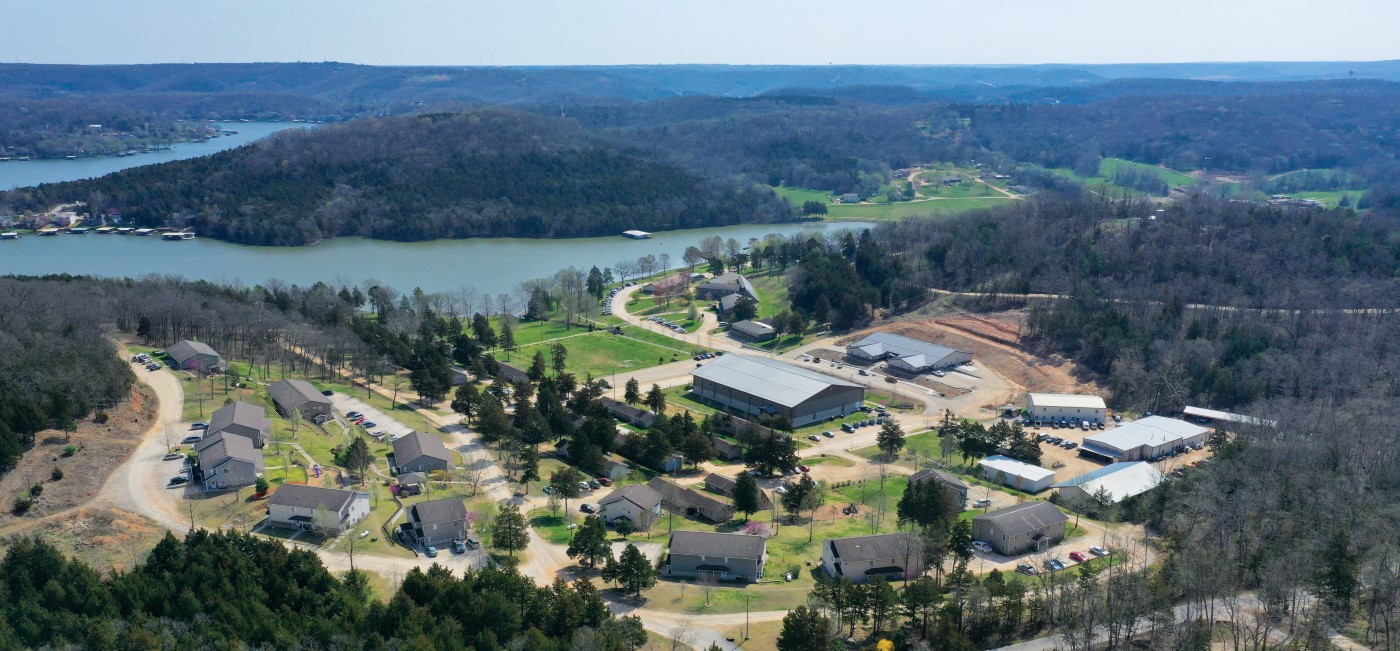
One question that is frequently asked about Ethnos360’s training is, “Why does it take so long?” That’s a valid question. Two years seems like a long time especially compared to the weeks or months that many other mission agencies provide for their missionaries. Why not have a shorter training and begin ministry sooner? Why do students take almost 50 classes besides those specific to Bible translation?
When I asked Ethnos360 Training staff these questions, in every case they directed me to feedback from former students.
David Mough mentioned that at the end of the training, they ask the students to give testimony regarding their time of training. “Almost every one says, ‘We thought two years was a long time. But two things happened. First, it went by like that [as he snapped his fingers]. And two, I can’t imagine going out there and doing this job without this training.’” He’s also received similar notes from missionaries on the field. He tells the students that church planting is the hardest thing they will ever do in their lives. Often the students confirm to David that he was right.
David’s been part of conversations with missionaries from other agencies who were not as prepared. They couldn’t seem to get any traction in their work as they struggled through issues that are covered in Ethnos360’s training. He’s been encouraged to see Ethnos360 missionaries passing on some of the lessons that they’ve learned to others.
Jim D’Arcy, former director of mentoring at Ethnos360 Training, mentioned that the depth of training is what sets Ethnos360’s training apart from others. “They’re prepared to thrive instead of just survive.”
Students are prepared through mentorship and academic studies. These two sides of the same coin are necessary for the future missionaries who will plant churches among unreached people groups.
Elisa Passetti, one of the team members overseeing the mentoring team, explains “We have core content as far as the things that are taught, the academics, in the classroom. But then we have core context. And that is the environment in which they learn it. And mentoring is part of that environment.”
MENTORING
“Mentoring is a critical part of our training here,” said Jim Turek, one of the full-time mentors at ETR.
Mentoring has looked different and had different names throughout the mission, but, in fact, it has always been a core component of the training.
Much of that mentoring (as well as the academics) takes place in the context of a team. Students are formed into teams of ten to twelve people who work together over the duration of the two years of their training. The teams are created with intentionality. They consist of families with children, families without children and single people. This mirrors the realities of life on the field where missionaries work together with a variety of people and often people from different cultures. “And so just starting early, having a rounded team like that, just gives them that opportunity to learn how to work together in those types of situations,” Craig Cassel, another full-time mentor, explained.
Mentoring takes place on an individual level as well.
“The students do a self-assessment related to a lot of key character qualities that are important for a missionary to have,” Jim D’Arcy explained. Those character qualities center around the spiritual qualifications of an elder as well as ministry abilities.
“And based on that self-assessment, the student comes up with a personal growth plan, and the mentor comes alongside the student in those things and does some coaching for growth in those areas.
“They also identify areas that the students are strong in on a personal level and try to reinforce and encourage those character qualities as well.
“It's a big part of the training program, helping them to be ready. Let's face it: it's a high-stress career to serve in a cross-cultural ministry. So, we want the students on a character level and on a personal level to be prepared to engage in that in a healthy way.”
Personal mentoring might take place in their homes or in coffee shops. Occasionally, they trek the 90-minute drive to Springfield and spend the day together shopping. Ultimately, it is about personal growth in the context of relationships.
Throughout the training, other areas of need often come to light. Sometimes there are sin issues, but more often there are simply areas that the students need to mature in. Are they flexible? Are they a team player? Issues like these will be intensified when they begin working in a missions context.
Guided by their mentors, the students chart a course for growth. Elisa Passetti asks, “What are actual steps — measurable, practical, achievable steps — that you’re going to do to reach consistency or better consistency or growth in that area?”
While willing and ready to help the students, more than one mentor mentioned that their first response is to encourage the students to bring their concerns, stresses and needs to the Lord. “Really, it’s the bottom line,” Elisa said. “When they get to the field, they need to be dependent on the Lord.”
“Everyone’s going to be a little different,” Craig Cassel reminded me. “What we’re looking to see is not that by the end of their two years they’re going to be the perfect church planter or missionary, but that there’s been a trajectory of growth throughout the two years that they’ve been here, and that trajectory is going to continue as they move on.”
SIMPLE LIVING

One highlight of the training is the time spent in “Simple Living.” Based on the jungle camp of years past, the context of Simple Living includes the students living in the woods for almost three weeks. They build their own housing structures out of wooden poles and vinyl from old billboards.
During their time, they are introduced to the basics of camping, canoeing, cooking from scratch, butchering, haircutting, plumbing, sawmilling, small engine repair, supply buying, suturing, vehicle maintenance and extended planning.
Mastering those skills is not the point. The experiences provide the context for learning broader lessons. “We’re not making experts out of anybody,” said Aaron Knapp, who oversees the Simple Living module. “We’re giving them a wide range of exposure to things” which are necessary on the field.
As the students repeatedly see God’s care for them as they are moved beyond their comfort zones, they amass small triumphs. Aaron tells the students, “We’ve got an environment where things are going to be naturally challenging. … But, when those challenges come, you need to wrestle with it as a team, and you’ll overcome it. And that’s a little victory. I hope that you have loads of little victories all throughout this time because that will build your confidence as you move forward to go into the unknown.”
Once on the field, the time in Simple Living becomes a reference point in the students’ lives. “And that's such a big part of what all of this is, what jungle camp has always been in the past, people getting a chance to do something hard that they can use as a checkpoint in the future.
“It becomes a point of reference for a victory. ‘I did this hard thing. So, therefore, this gives me some confidence in the future that I can do this.’ And that’s real.”
Teamwork is a major emphasis of the Simple Living time. In fact, the Stewarding Relationships class (previously called Teamwork) was moved in the schedule to take place during Simple Living. Working through stresses as a team with input from mentors provides the students opportunities for significant personal growth and strengthens the teams.
ACADEMICS
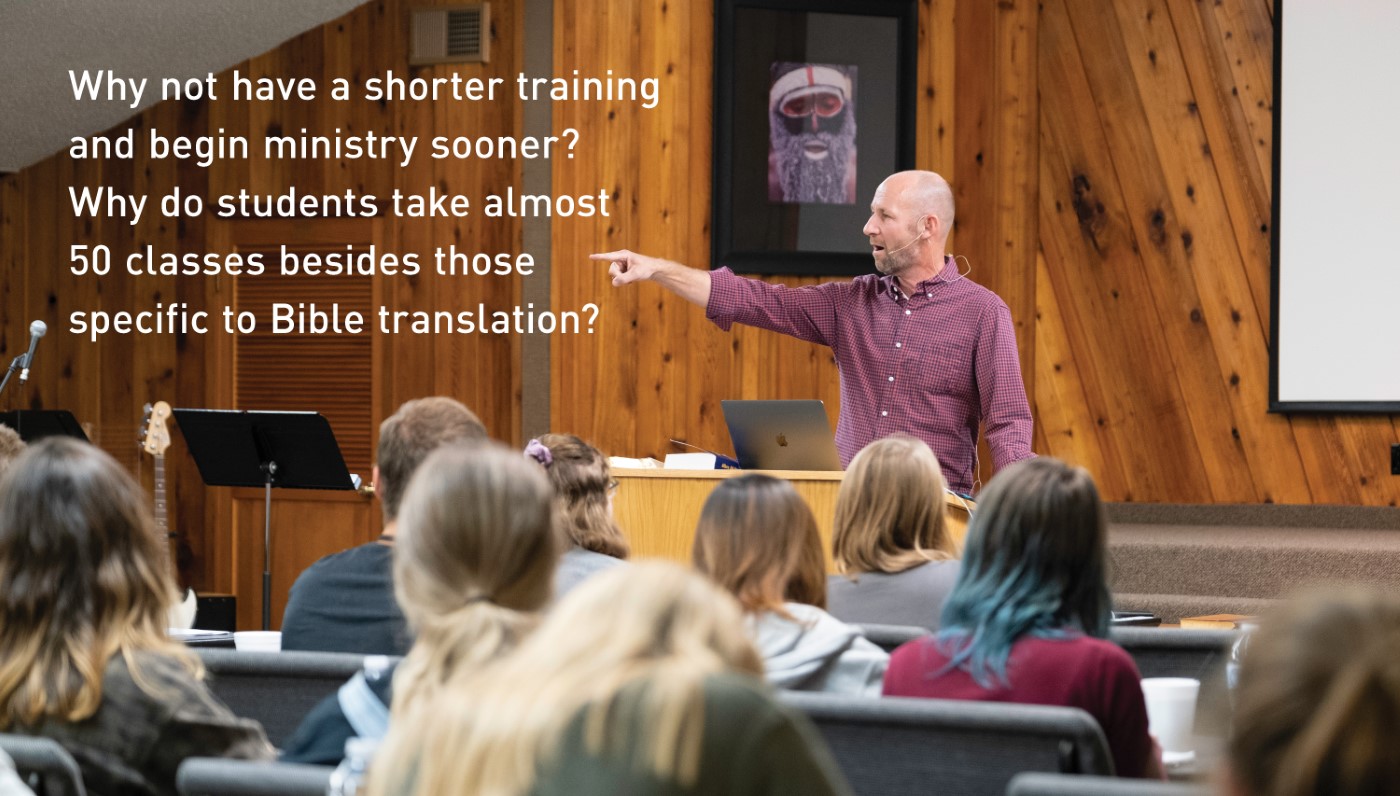
How do you plant a church among a people group who have a completely different worldview than you? What if they don’t have a Bible in their language? How about if their language isn’t even in writing? How do you measure when the job is completed?
If the mentoring program equips future missionaries to succeed in church planting ministry by strengthening their team and family relationships and walk with the Lord, the academics at ETR trains them to succeed in church planting ministry by giving them the necessary tools to do the work among unreached people groups.
Courses like phonetics, phonemics and linguistics sound like rather heady subjects. They are.
But the studies are more than a mere academic pursuit; they are immensely practical. The students seek to be able to learn a language (often unwritten) effectively and to be able to study and comprehend a foreign culture to the point where the missionary understands how the people think.
Teaching literacy and translating and teaching the Bible will follow. These sacred responsibilities demand more than just a surface understanding of language and culture.
TRAINING FOR NEW CONTEXTS
Ethnos360 Training works hand-in-hand with the International Ministries Team. These people are literally the “consultants to the consultants” and function internationally with the global partners of Ethnos360. The International Ministries Team provides leadership and direction in areas of culture and language acquisition, translation, literacy, Bible lesson preparation and church planting.
Missions has never been easy. In some ways, it’s now harder than ever. This is due, in large part, to the increasingly complex contexts that unreached peoples are a part of.
When Ethnos360 first started, many of the unreached people groups we ministered among were isolated. Their culture and language were less intertwined with others. Missionaries had easier access to unreached peoples; often, they themselves reached out to the missionaries, inviting them to come.
That is no longer the case. It hasn’t been for a while.
David Mough said that having this connection to the International Ministries Team helps “to keep our training relevant.”
“Without them we would lose our relevancy on the changes. … What are these new things that are going on that actually should be mentioned back here?”
The goal of reaching unreached peoples has always been to see thriving churches among every people. But the process of reaching them is not straightforward. It may be going in faith to point A and seeing what doors God opens along the way. Larry Goring, chairman of the International Ministries Team, often likens it to climbing to the top of the first mountain in order to find a path to the next mountain.
As much as the time in training seems long to some, the staff at Ethnos360 Training realize that the training they give cannot train every missionary for every context. The initial training is now more principle based.
Students are introduced to church planting methodology, culture and language learning and the like. When they arrive on the field, the training becomes specific to the challenges of that region.
We’re “dealing now with how fast culture changes because of technologies,” said David Mough.
“So, at Ethnos360 Training — our course offers core principles that will be a reality no matter where you go.” Principles like living in proximity to the people, evangelizing, teaching and training in the people’s language, and studying their culture.
MOVING FORWARD
As the world rapidly changes, today’s missionaries face challenges that were unknown to previous generations of missionaries. Building upon the foundation of our training and 80 years of experience reaching the unreached, Ethnos360 continues to improve its training to meet the church planting challenges of today and those to come.
David Mough summed it up, “People groups are changing, and ministry contexts are more complex because of technology and globalization. And so now we must equip future missionaries to adapt to serve in these contexts while remaining true to our enduring ministry core values.”
Or as Paul Fleming, founder of New Tribes Mission, put it, “Today we must prepare to take advantage of the opportunities of tomorrow.”
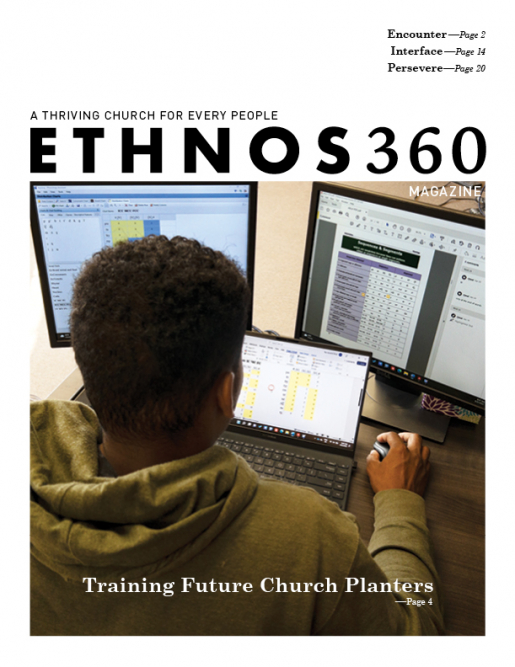
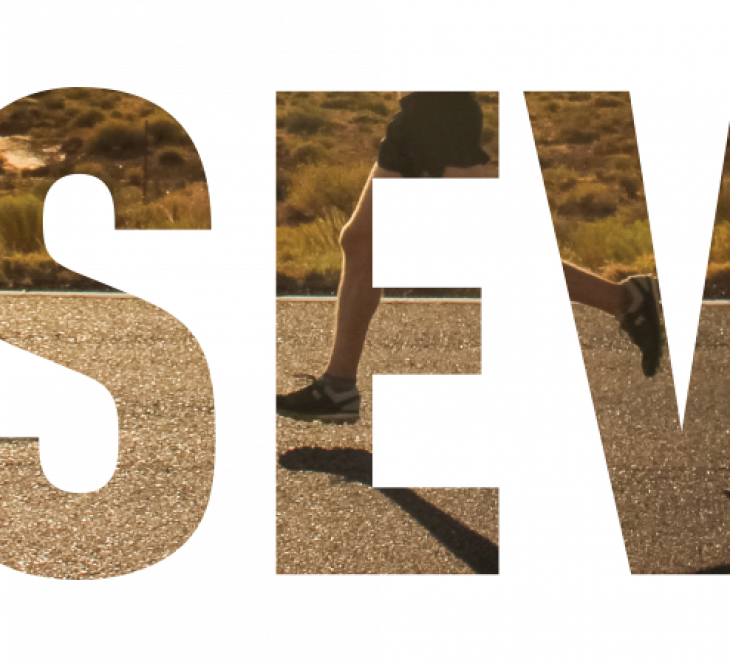
_1665598340_730x667_compression-9.jpg)

